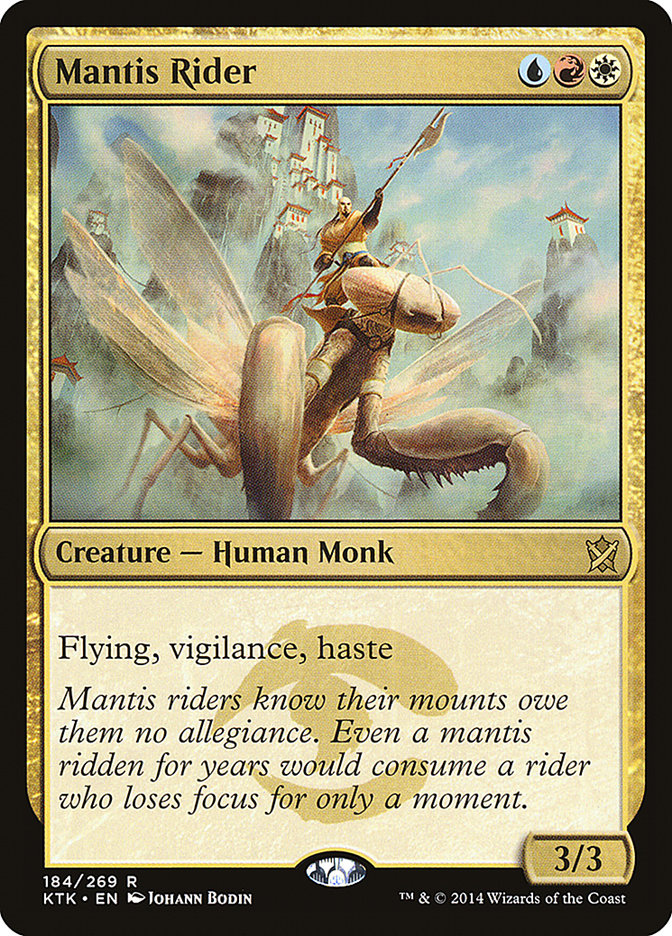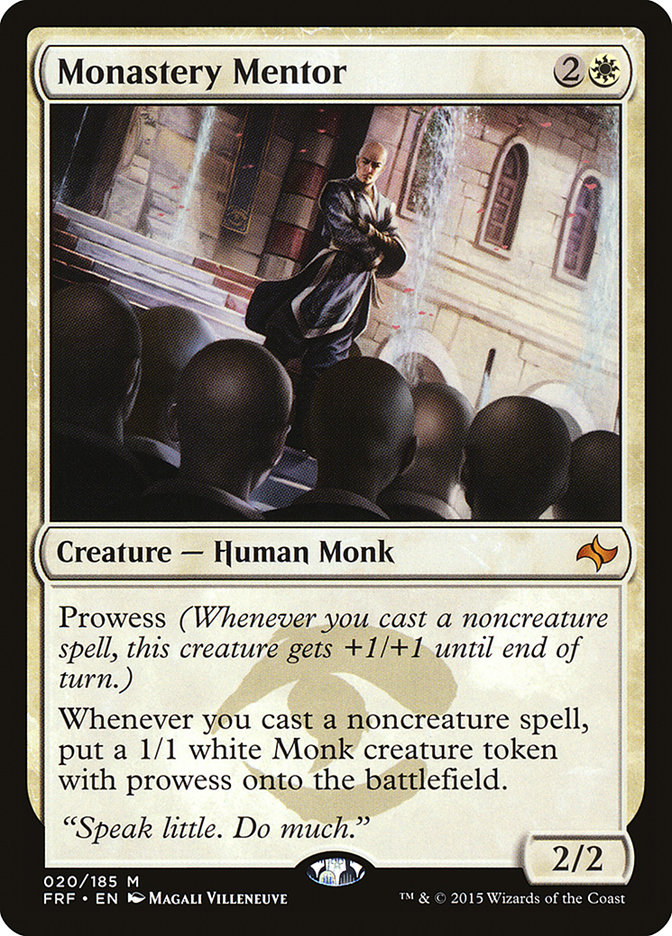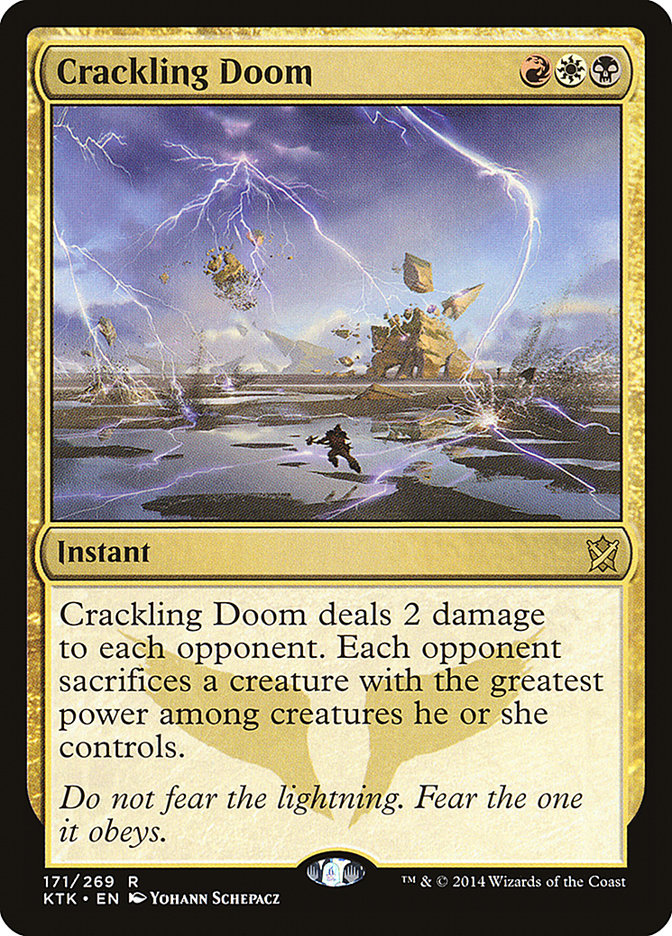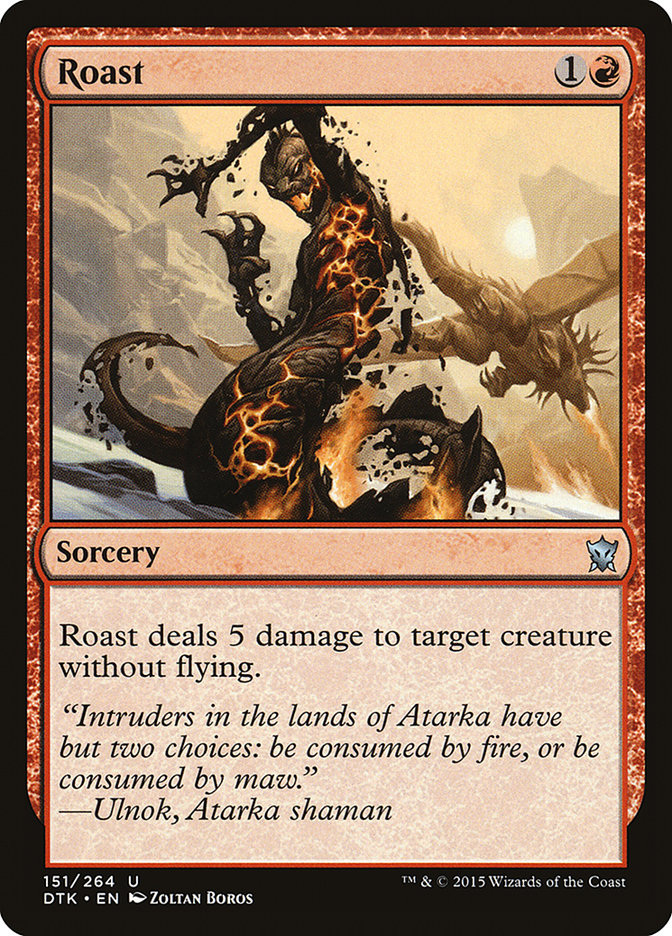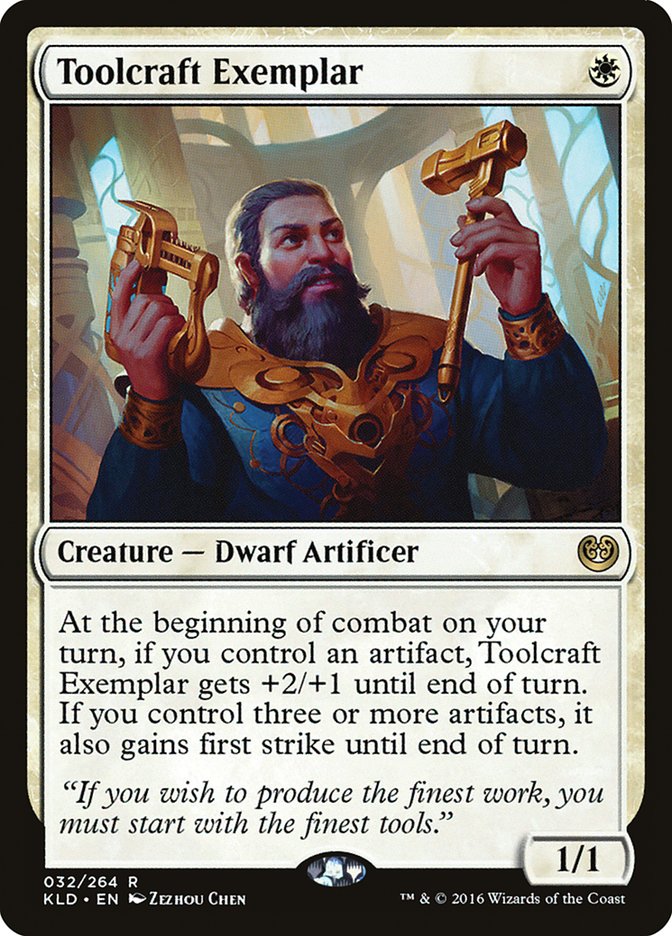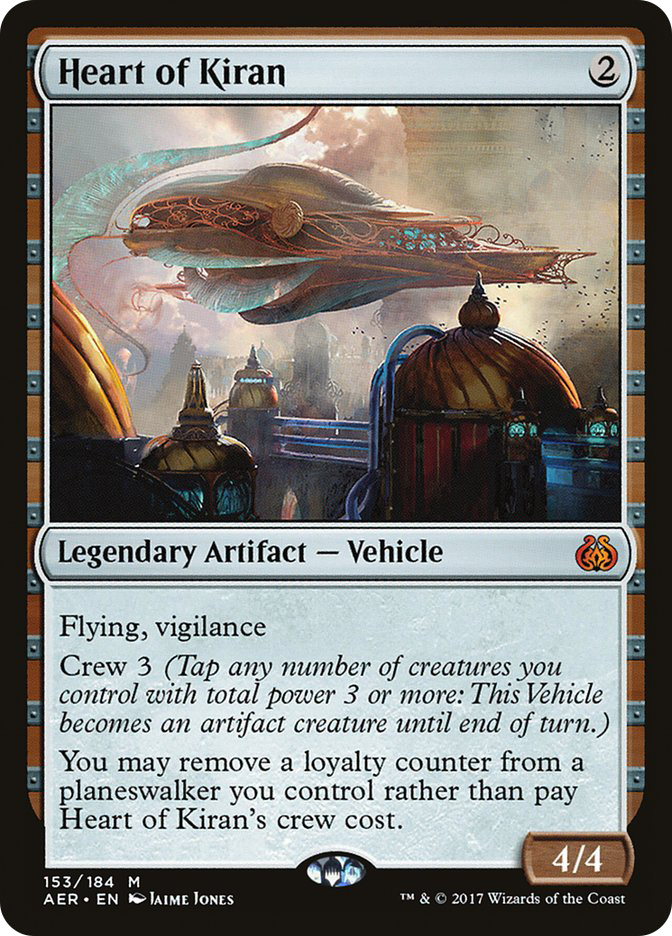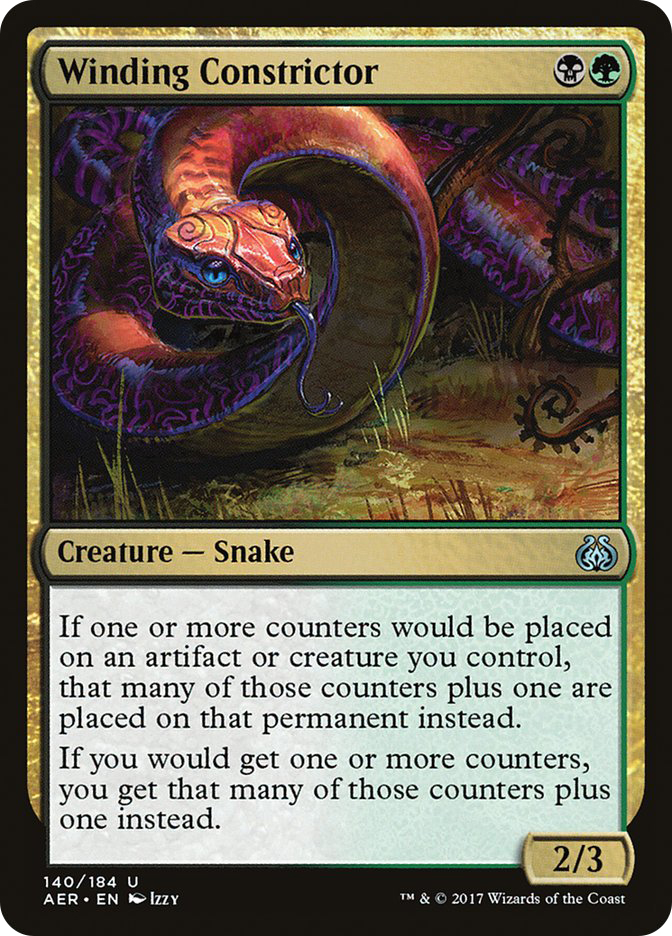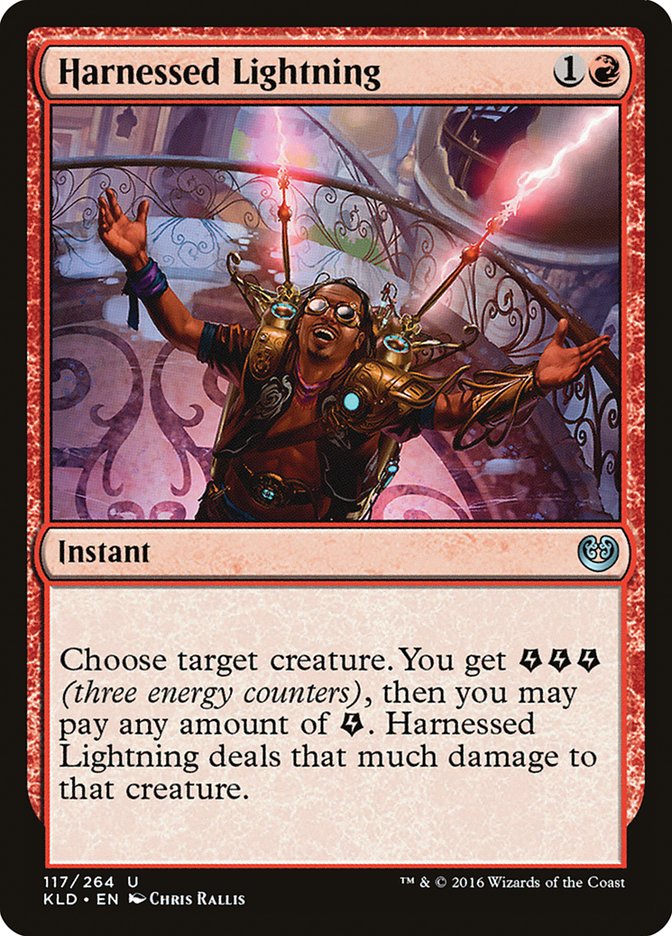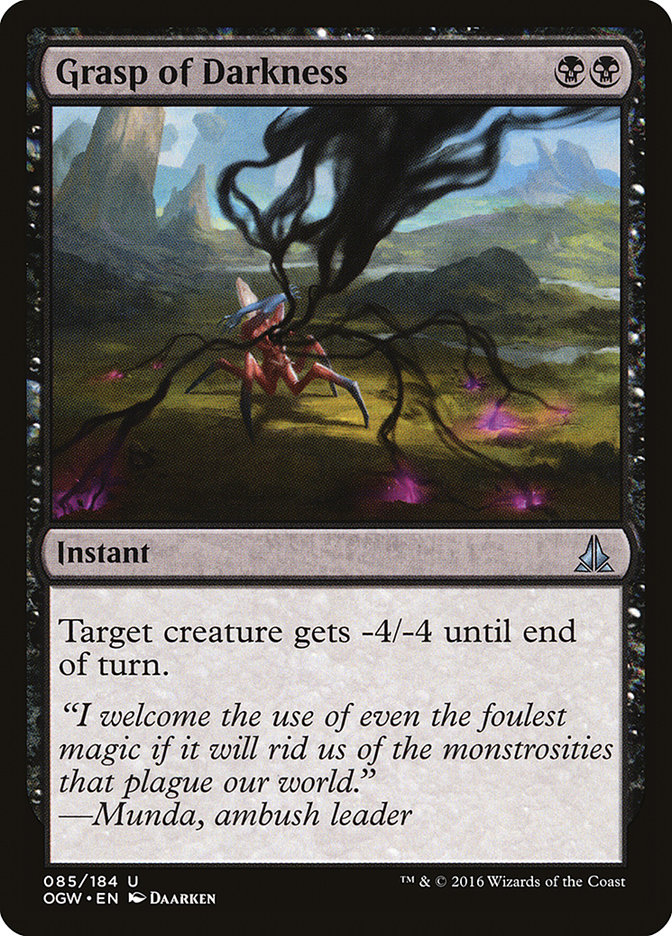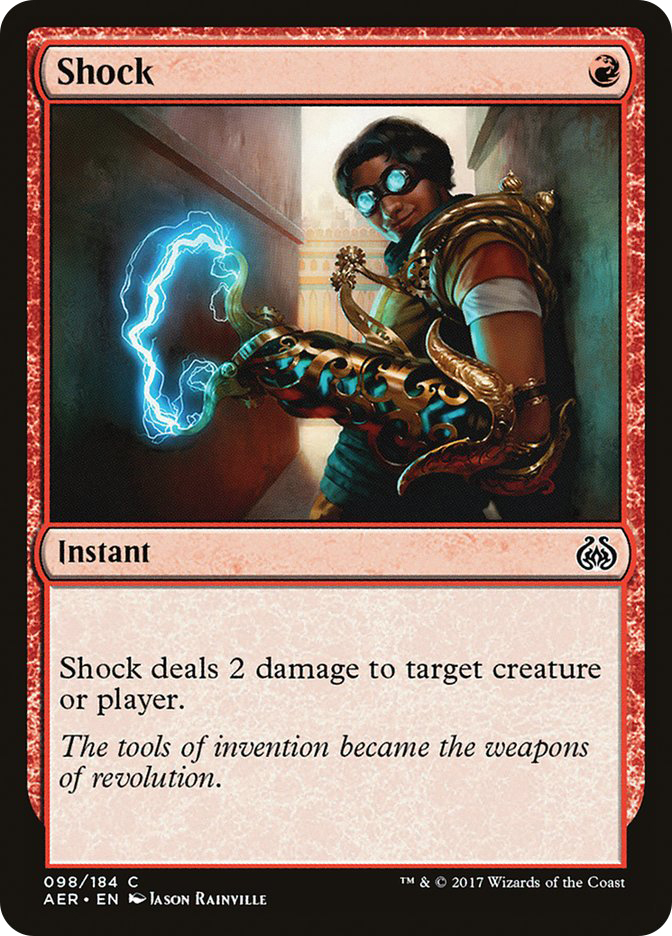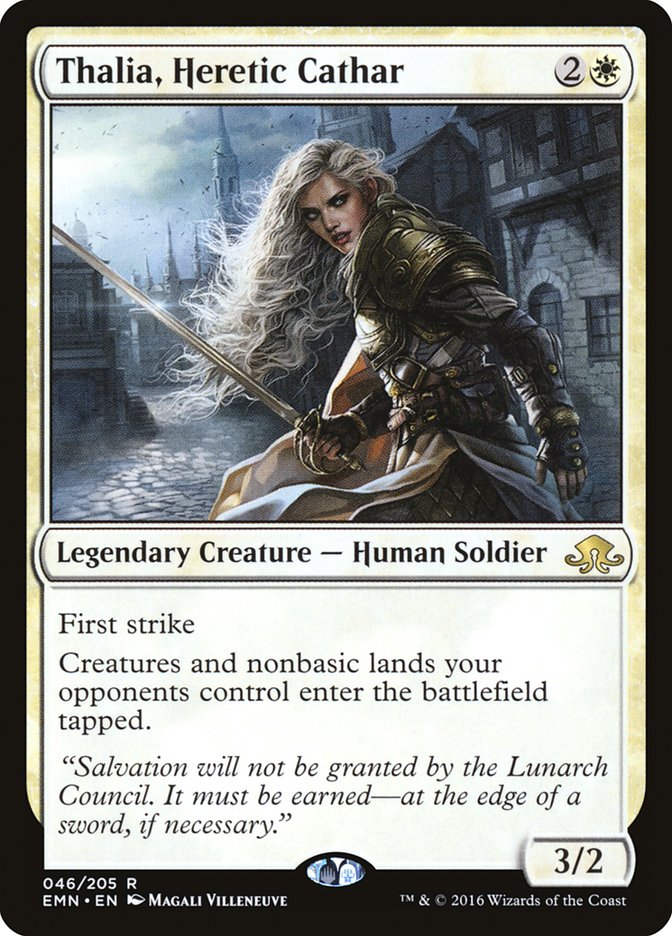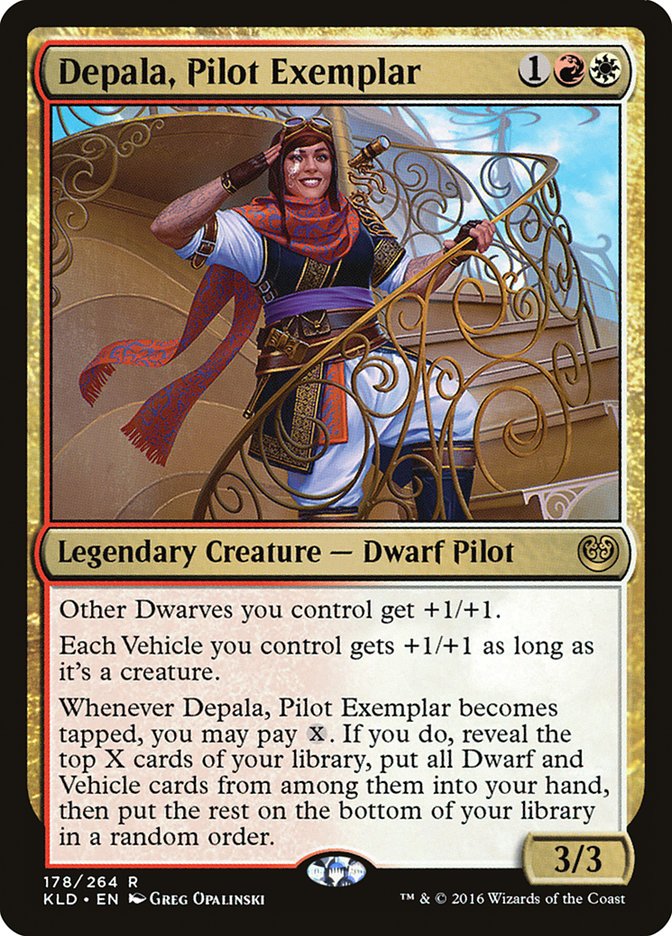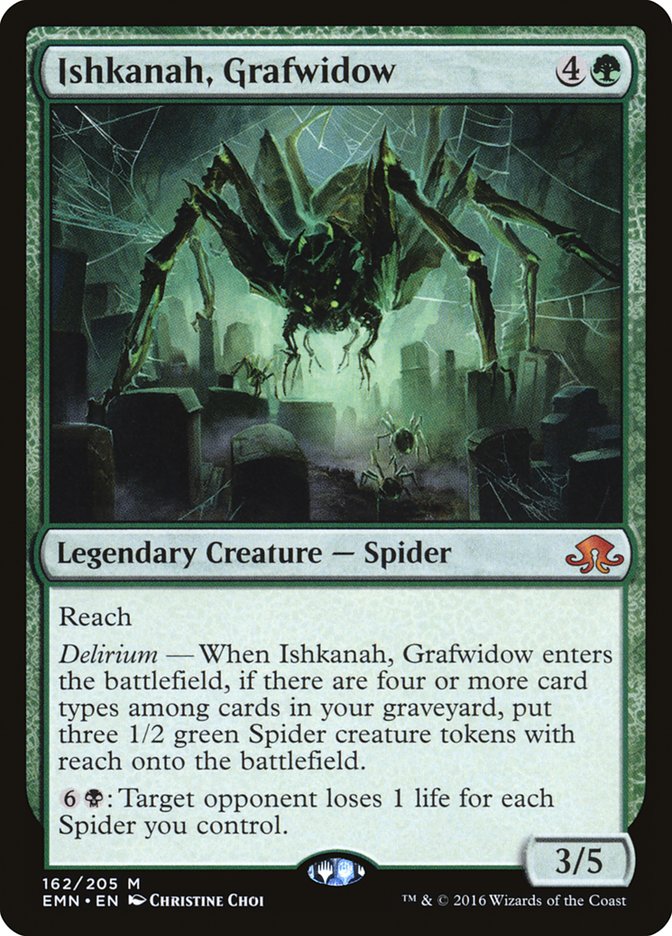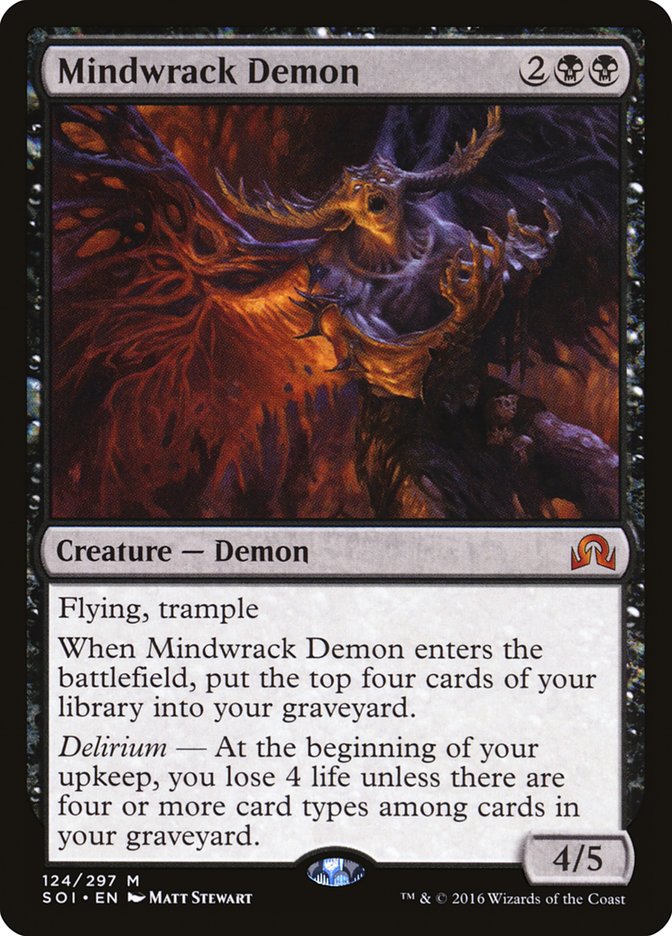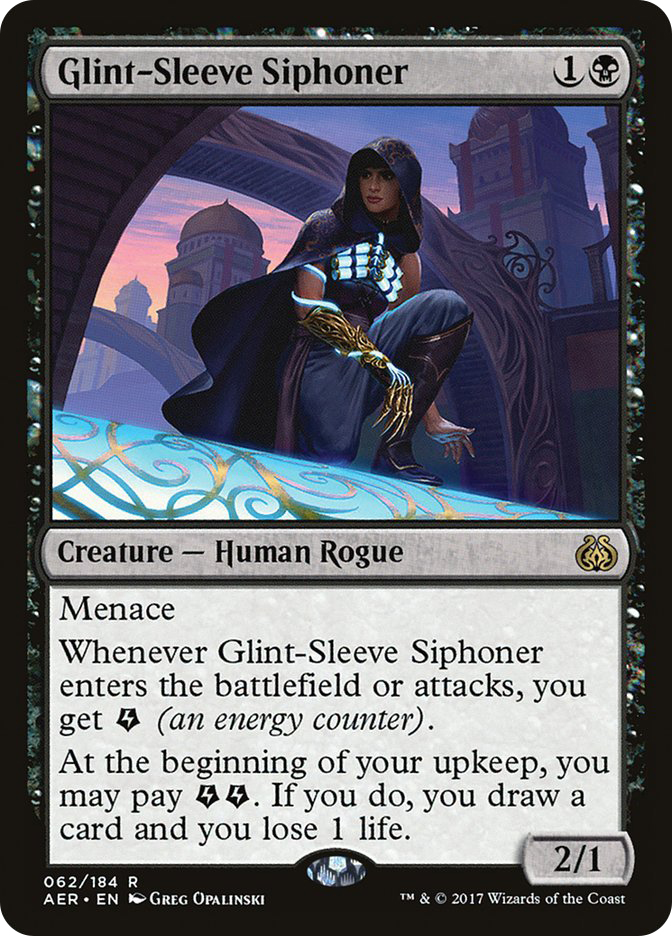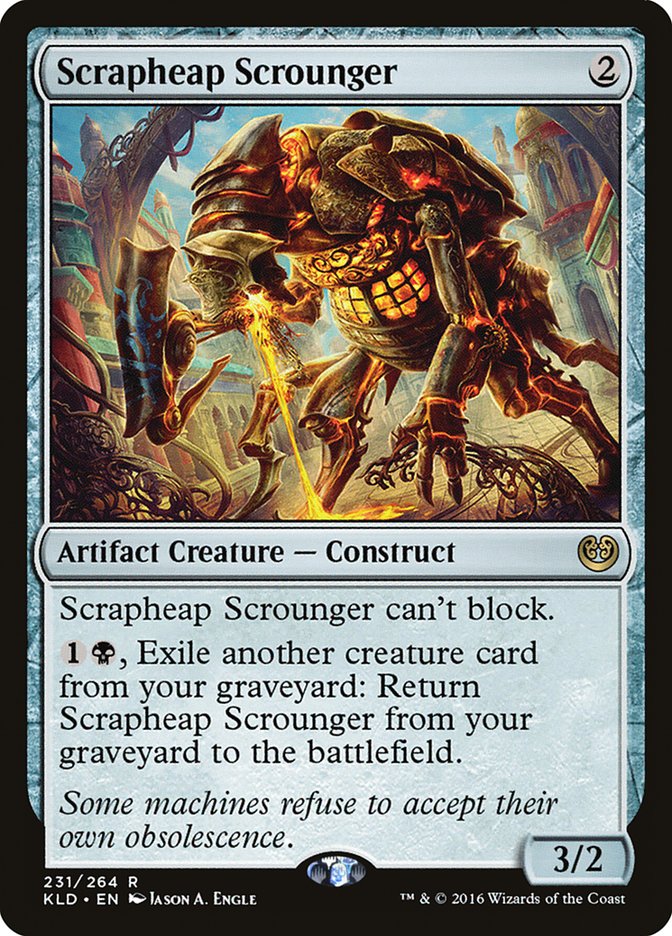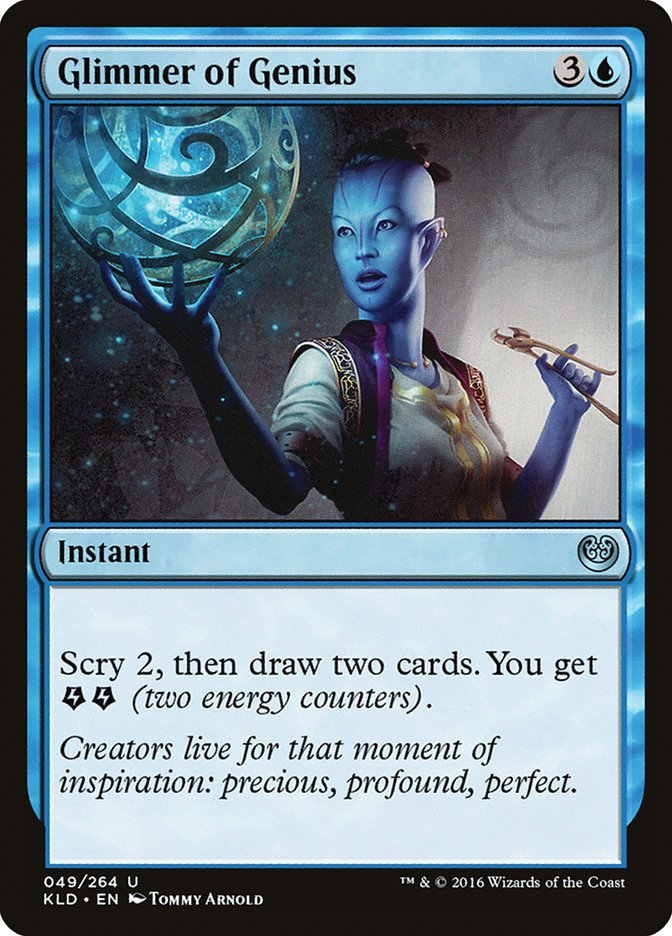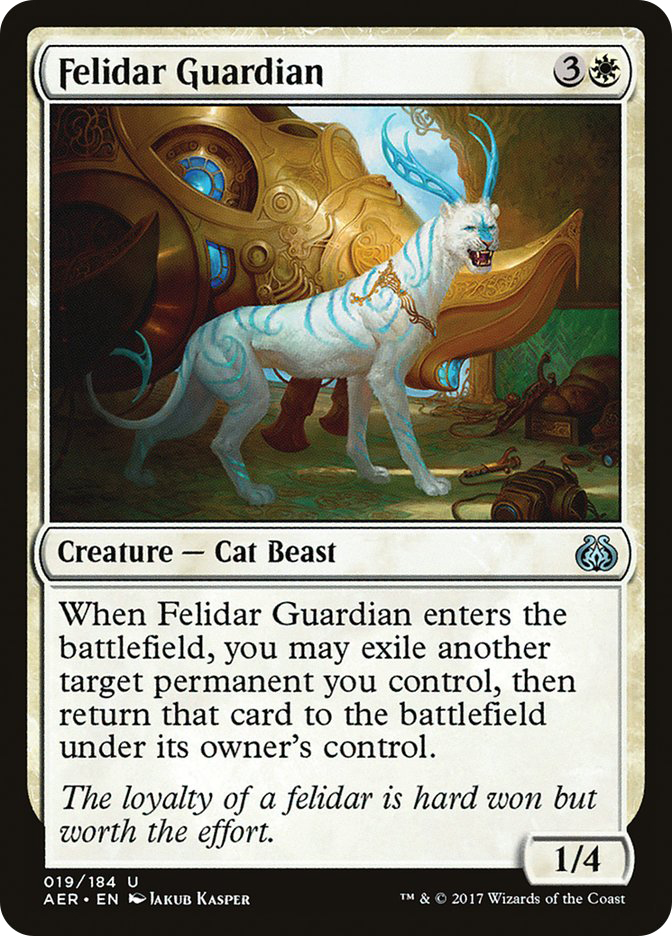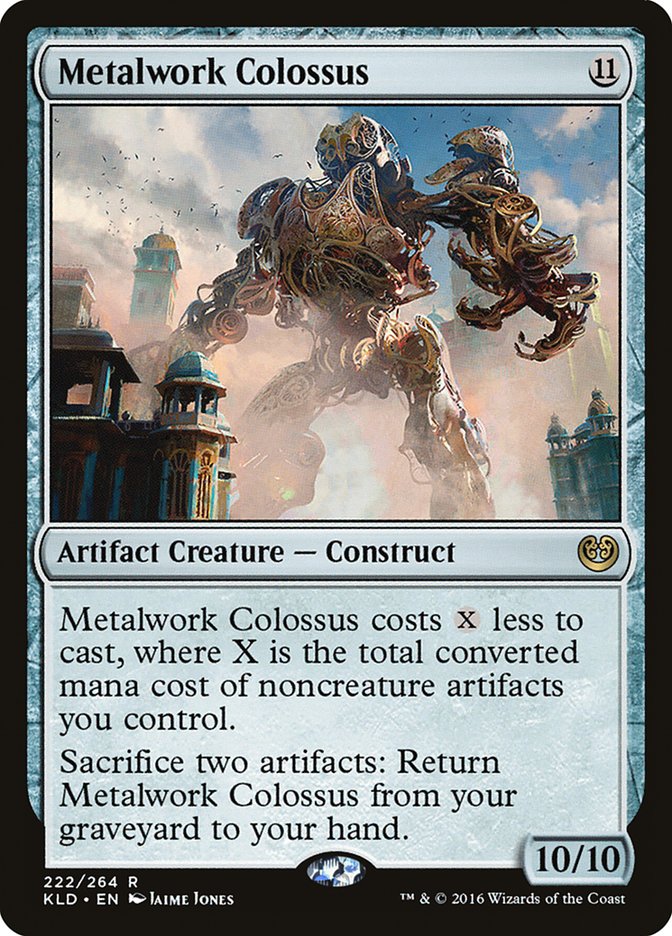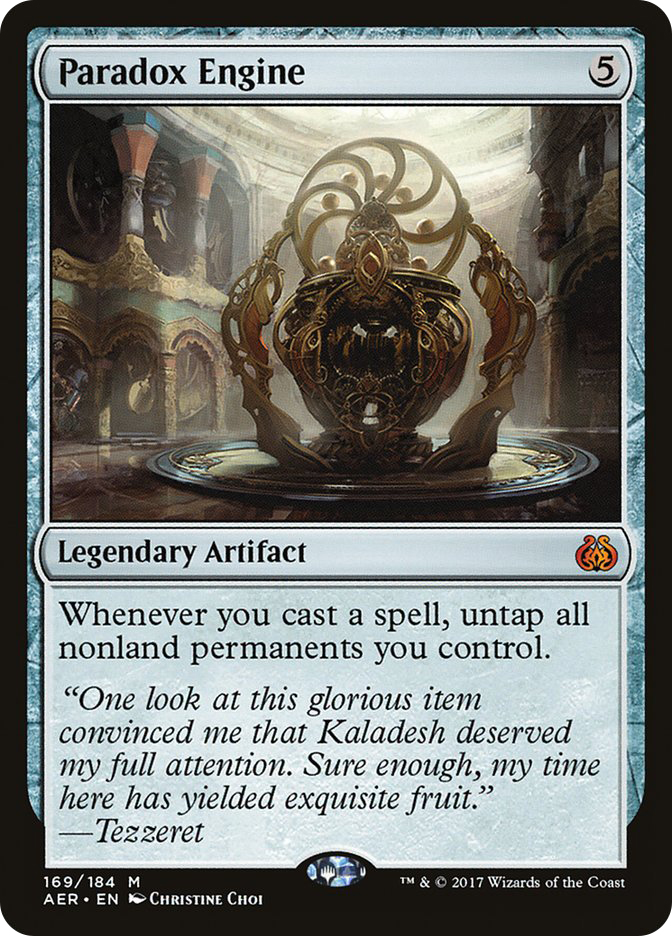Pro Tour Aether Revolt was a bit of a shocker. Under the threat of a dominating Saheeli Rai / Felidar Guardian combo, it turned out that Mardu Vehicles was able to exploit a drop in the popularity in B/G Winding Constrictor decks and also turn its bad matchup around a bit to end up on top.
While this Pro Tour certainly didn’t show case many brand-new decks, it did emphasize some of the key concepts of Aether Revolt Standard. If you want to break into the format or just find the right list to play of an existing shell, understanding these concepts is going to be the key to making steps forward.
The Answer-Threat “Balance”
Just over a year ago, we were living in a format where the best threats required almost immediate answers. Games usually ended within two turns of an unopposed Siege Rhino, three of an unopposed Mantis Rider, or really almost immediately with Monastery Mentor and Gideon, Ally of Zendikar.
Answers of course existed, and in fairly large quantitites. It was just a matter of how you wanted your answer to line up. You could choose a slightly lower cost answer that might be hit-or-miss against the field, or go for a more expensive one that is sure to hit. Realistically, decks mostly had a mix of these, balancing how often they could afford to draw a bad card.
In this format, the threats are just hyper efficient. Heart of Kiran ends games in almost the same post-resolution time frame as Siege Rhino, except it comes down on turn 2! Winding Constrictor is your runaway threat that creates incremental battlefield presence if unanswered, and it literally lands on turn 2 and goes off on turn 3. You have to be ready to interact from the get-go and can’t spend time messing around.
Answers still exist, but they are far more limited in quantity. Sure, you can play something like Unlicensed Disintegration, but at that point you are into “overpaying for a slight bonus” range. Good luck being on the draw with that card. There are only so many one- and two-mana removal spells in existence and you need some of them.
Actually, you probably need very specific ones. Winding Constrictor and Heart of Kiran are tough and don’t die to most of the damage-based removal.
If there is any single card that is a winner coming out of #PTAER, it is Fatal Push. It went from a card we considered a liability in testing to the single card almost universally capable of handling all of the threats from the top-finishing decks at a good rate. I would not be surprised to see the typical two or three copies of this card creeping up to a full four for next weekend.
This creates an interesting dynamic moving up the curve. You can’t play a ton of Fatal Pushes and Shocks or you won’t be able to handle the higher-cost threats like Mindwrack Demon or even Depala, Pilot Exemplar well. You can then exploit this a bit with specific threats that might be a bit worse against the sizing-based removal people will be shaving, like Thalia, Heretic Cathar or Gisela, the Broken Blade. These threats still die to a Revolted Fatal Push, but they will have at least gotten value in combat on the exchange most of the time.
High-Variance Games
A common theme in our testing was extremely variable results. Two ten-game sets would easily have opposite extreme results. This wasn’t a reflection on player skill, as we had people swapping decks in sets. This wasn’t a reflection on list differences, as we all used the same lists. We weren’t the only team with this experience. The games were just that swingy.
Toolcraft Exemplar into Heart of Kiran is basically unbeatable. Merely curving Thraben Inspector into Veteran Motorist on the other hand is just not a real thing, or just drawing multiple Heart of Kirans or too many Vehicles and not enough non-Scrapheap Scrounger creatures. Even just the mana in the Mardu deck is a liability, with three or four colors of spells and needing to play specific colors on turn 1 with cards like Spire of Industry in your deck that can be totally hit-or-miss.
The point I’m trying to make is the difference between the best hands in the format and the medium or slightly-below-average ones is drastic. The decks being played are extremely powerful in slightly inconsistent ways.
Similarly, the answers can be a bit inconsistent in the same way. I played Jeskai Saheeli, and in testing, the biggest find we had was that some matchups were decided on turn 2 depending on if you had Harnessed Lightning or Negate to handle their threat or were just casting Anticipate.
This is a format where mulligans are very important. Keeping a hand on the draw that just kinda does average things is a potential way to lose. Maybe you should accept this sometimes, but depending on how the matchup shapes up and whether your deck cares about card quantity, it is very possible you should just hope for a better six.
Being on the play is also hugely important. Being in position to cast a more expensive removal spell or having your two-cost threat line up ahead of theirs is just backbreaking. “Win die rolls” isn’t good advice, but finding cards that can break this dynamic is. Fatal Push: Fragmentize, really anything that costs one. I’m willing to bet the breakout archetype of the next couple weeks is going to be whatever deck finds a three-cost creature that isn’t embarrassing to cast when your opponent casts their three-drop first.
Reaction and Punishment
In theory, you can load up on good answers that manage the Vehicles deck’s threats: Fatal Push; Liliana, the Last Hope to pick things off; and some blockers to handle Scrapheap Scrounger recursion. Why didn’t that happen?
One big reason is that five toughness is no longer a safe block. Ishkanah, Grafwidow and Mindwrack Demon previously brick-walled Smuggler’s Copter, but the current Vehicles configuration bashes right through them. Heart of Kiran is a 4/4, but as we learned before, the actual relevant sizing is +1/+1 due to Depala, Pilot Exemplar and Veteran Motorist. A 5/5 Heart of Kiran just bashes right through these previously stocky threats, and the alternate Vehicle is Cultivator’s Caravan, which only makes the sizing issue more pronounced. And if they have a Winding Constrictor, there really isn’t a good size for blocking. You can’t play a battlefield-stabilizing threat that gives you and your planeswalkers breathing room to generate an advantage.
Expensive battlefield-stabilizing threats also come with a cost I alluded to earlier: card quantity mattering more. This is the classic “Scapeshift in Modern” phenomenon: Torrential Gearhulk is one card that breaks the game, but it requires six cards of setup in lands. You can’t leverage mulligans nearly as well as the low-curve decks can because being down a random card often is a full turn of slowdown in executing your end-game.
The two-drop threats have also started to be more likely to run away with games. A Veteran Motorist or Selfless Spirit just attacks and does its thing once. The threats in B/G Energy cascade away large advantages and are very punishing of control’s less fluid draws. You might already be virtually dead when you resolve your large threat regardless of how awesome it is.
Once you are forced down a true reactive path, you start running into issues with the stickier threats in Vehicles. Gideon, Ally of Zendikar is a big one. There is not a lot of answer overlap between Gideon and the rest of Vehicles. You want Disallow versus the planeswalker and want nothing to do with that card against the entire rest of their deck. Negate has some overlap but still results in lots of awkward stranded scenarios where they just cast creatures into your ineffectual counterspell.
Scrapheap Scrounger is the other huge issue. You can’t pick off all of their threats because one of them just doesn’t die, and it clocks quickly enough that you are forced to take action. This brings you back to casting a real blocker, and as per above, that doesn’t work well. Cards like Stasis Snare and Incendiary Flow exist, but they come with their own issues, and the pressure of the format is so high that it is often difficult to save the right answers for the right threats.
A resolved Glimmer of Genius can tie all this defensive action together, but you need time to cast that spell. Previously W/U gave you that time because giving them a turn unopposed was only a couple of damage presented from one threat, but now Mardu uses that turn to deploy three to six power. It just doesn’t work out.
Leveling Removal
There’s another reason it was really difficult to show up to this Pro Tour with the right answers: crazy combo exists. There are decks you can play against where Fatal Push just isn’t a Magic card that punishes you for drawing a blank. With Saheeli combo winning the last major event at #SCGRICH, beating that deck was in the forefront of people’s minds and decisions were made with it in mind. Sure, you can maybe Fatal Push a Felidar Guardian, but it’s hard to leave the Revolt up and play a game at the same time. The non-combo control decks are even more punishing.
These decks will only be a secondary concern in the coming week or so, and having a few extra dead cards Game 1 isn’t as big of a cost as it was when the Pro Tour was looking like it might be 30% Torrential Gearhulks.
There was also the lingering threat of some combo deck coming from nowhere to exploit removal-heavy decks. Now that Vehicles is around to punish those archetypes and none showed up, you are free to play answers. Again, sideboards exist for a reason. You can answer these threats there and often find overlap between answers that work here and against the aggressive decks, with Fragmentize being a major player here.
Takeaways
I’ve said a lot of words here without a lot of direct statements. To tie it all together, here is what I would be looking at for any events coming up:
- Try to stay away from allied-color pairs and wedge mana. The added tapped/untapped inconsistency of Battle/Shadows-land manabases is just too much in what is gearing up to be a brutal format. If you must go down this direction, look at Martin Juza’s mana for inspiration. Lots of Aether Hub carrying weight, very little Smoldering Marsh.
- Play four Fatal Push or four Harnessed Lightning with a way to generate some energy early and cast it for four damage. Working solely in Bant colors is not going to fly this weekend.
- Prepare your maindecks for creatures and leave the control interaction to your sideboard. You are even rewarded further because control is less likely to steal a post-sideboard game against a good configuration than Toolcraft Exemplar is.
- Mulligan more on the draw. Bad hands will just crumble to reasonable ones.
- Make your sideboard artifact answers hit hard. Fragmentize costing one mana is good, and I’m pretty sure Release the Gremlins is awesome.
- Keep in mind all of these takeaways are temporary. Many things settle towards midrange in the weeks following the Pro Tour as answer-threat balances shake out. Linear decks are great at first and then good answers are found. Heart of Kiran is not the next coming of Smuggler’s Copter, as it requires very specific support. Fatal Push won’t always be an automatic four-of. Metagames cycle, and this one has a pretty strong aggro-answers-combo/control rock-paper-scissors driving it.



